International
The AK-47, the first Kalashnikov rifle, turns 75 in the Ukrainian trenches
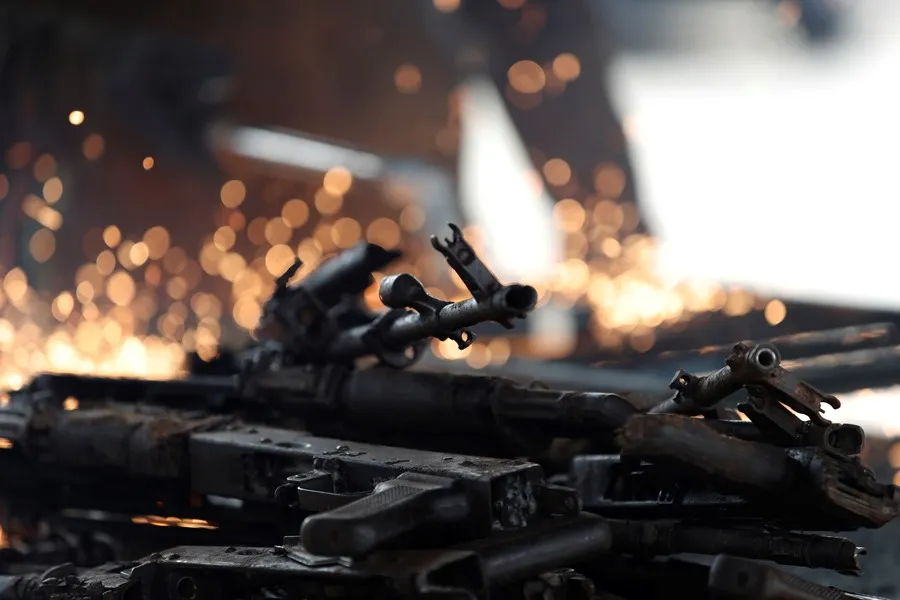
The AK-47, the most fired rifle in history, turns 75 years old without losing its validity, as demonstrated in the current war in Ukraine, where both sides continue to use it, although it hardly officially appears in their arsenals.
“Mijail Kalashnikov was a true patriot. He invented the rifle just to defend himself from the enemy,” he told EFE Nelli, the eldest daughter of the legendary gunsmith (1919-2013) a few years ago.
The first rifle designed by Kalashnikov entered service in the Soviet Army on June 18, 1949, in the middle of the Cold War.
The gunsmith of the former Soviet Union, then a modest sergeant, was impressed by an episode during the Great Patriotic War (1941-45) in which a soldier died at the hands of the Germans because his weapon was boxed.
Although its initial objective was to create an automatic rifle that would allow the Red Army to win the war, the AK-47 never fired at the German invader.
The first AK made its fame for its simplicity and its resistance to elements, water and sand. With only eight moving parts, it can be used by any fighter, child or adult, and can be disassembled in less than a minute.
The characteristics of the AK-47 have gone in history: 4.3 kilos of weight, 30 ammunition bullets, 800 meters of range and a firing rate of 600 shots per minute.
Since 1949, more than 100 million units of this rifle have been manufactured, according to Russian sources, which represents 15% of the total volume of light weapons in service in the world.
Although only twelve countries have a production license – China and North Korea, among them – there are many countries that manufacture it, have clandestinely transferred the technology or, openly, use their parts to design modified rifles, including Western countries.
Its popularity in certain corners of the planet was so great during the wars of liberation that the Kalashnikov, ideal for guerrilla warfare, was included in the flags and shields of several countries (Zimbabwa, Mozambique, Burkina Faso or East Timor).
The AK-47 was adopted by armies of 55 countries, but it has rained a lot since 1949. The Kalashnikov state corporation itself, which now also manufactures assault drones, has since designed the AKM, the AK-74, the AK-15 and the AK-12, among others.
In fact, the consortium, which is under Western sanctions, signed with the Army in 2021, on the eve of the start of the Russian military campaign in Ukraine, a three-year contract for the supply of light weapons.
Last April, Kalashnikov announced the delivery to the Ministry of Defense of a batch of renewed AK-12 assault rifles, which includes a dioptric telescopic peephole and a two-way security device.
Kalashnikov emphasizes that the fighting within the framework of the so-called special military operation showed that the AK-12 should be perfected to make it “lighter”, improve its ergonomics and facilitate its use.
According to official sources, the consortium provided the Russian Armed Forces with twice as many AK-12 rifles in the first year of the war in Ukraine in 2023.
The United States authorities also announced in April the supply to the Ukrainian army of about 5,000 AK-47 rifles from their own arsenals.
Although his last name is known all over the world, that fame caused remorse to Kalashnikov, who before dying wrote a letter to the Patriarch of the Russian Orthodox Church, since he understood that he had created “a weapon that killed people all over the world.”
“The pain I have in my soul is unbearable. An unanswered question resounds again and again: since my rifle killed so many people, is it me, Mikhail Kalashnikov, 93 years old, son of peasants, Christian and of Orthodox faith, guilty of his death, even if it is enemies?” the letter said.
In the last years of his life, Kalashnikov, who has a statue where he poses with his invention in the center of Moscow, admitted to his descendants that he was “not prepared” for the universalization of his invention as a weapon “against humanity” in the hands of terrorists
Central America
Senator Van Hollen Meets with Deported MS-13 Member in El Salvador; Trump and Bukele React
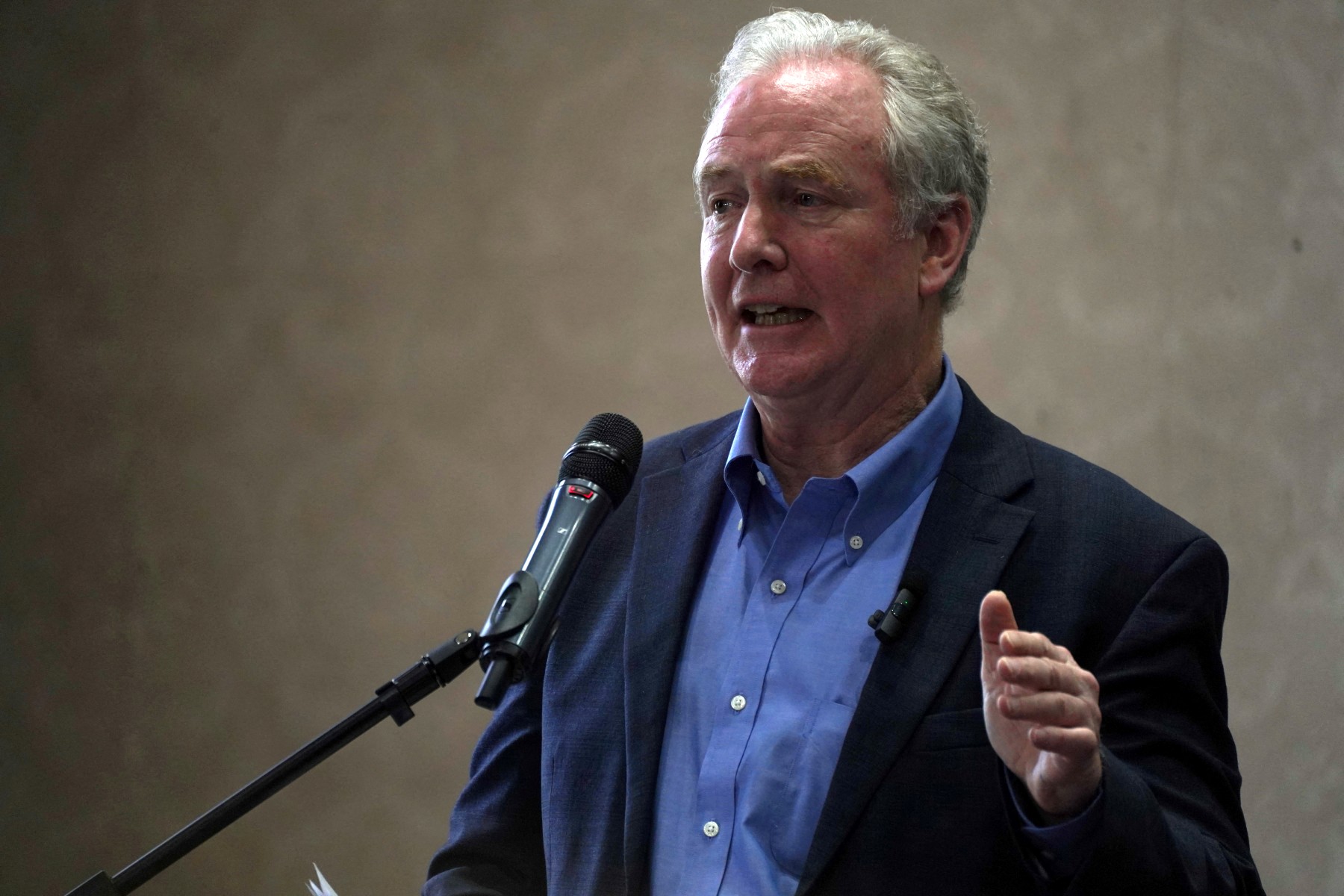
U.S. Democratic Senator Chris Van Hollen, representing the state of Maryland, held a meeting in El Salvador with deported MS-13 gang member Kilmar Ábrego García, a member of the criminal group classified by the U.S. government as a terrorist organization.
“Kilmar Ábrego García, miraculously resurrected from the ‘extermination camps’ and ‘torture chambers,’ now sipping margaritas with Senator Van Hollen in the tropical paradise of El Salvador!” wrote President Nayib Bukeleon X (formerly Twitter), sharing photos of Van Hollen, Ábrego García, and a lawyer sitting together at a Salvadoran hotel.
The deported gang member is seen wearing a plaid shirt and a flat-brimmed cap, seated at a table with glasses and coffee cups. The senator also shared images of the meeting on his own social media accounts.
Bukele reaffirmed that Ábrego will remain in El Salvador and will not be returned to the United States.
“Now that his health has been confirmed, he has earned the honor of remaining under the custody of El Salvador,” Bukele added.
Former U.S. President Donald Trump criticized the senator’s meeting with Ábrego on Truth Social, calling Van Hollen “a fool” for advocating for Ábrego’s return to the U.S.
International
Pope Francis Appears for Easter Blessing, Calls for Peace and Religious Freedom
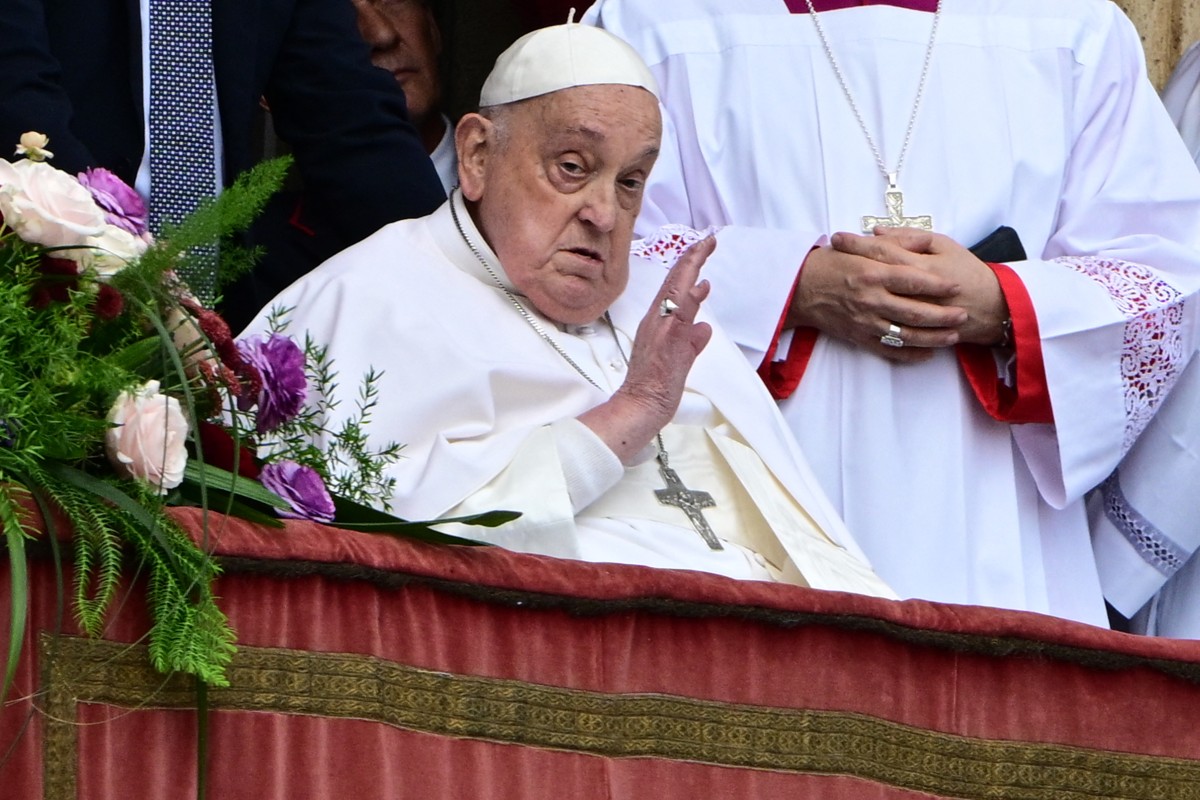
Pope Francis, still recovering from pneumonia, appeared on the balcony of St. Peter’s Basilica in the Vatican on Easter Sunday and, with a faint voice, wished a “Happy Easter” to the thousands of faithful gathered to celebrate the Resurrection of Christ.
A month after being discharged from a lengthy hospital stay, the presence of the 88-year-old pontiff had remained uncertain, with the Vatican not confirming his attendance ahead of time.
Eventually, the pope made a brief appearance in a wheelchair shortly after 12:00 p.m. (10:00 GMT) to deliver his traditional “Urbi et Orbi” blessing (“to the city and to the world”).
Although no longer wearing an oxygen cannula, the Argentine Jesuit relied on a close aide to read his Easter message, which touched on major global conflicts.
Francis condemned the “dramatic and unworthy humanitarian crisis” in Gaza and called for a ceasefire, while also expressing concern over the “growing climate of antisemitism spreading across the globe.”
He further emphasized the importance of religious freedom and freedom of thought, stating that without mutual respect, “peace is not possible.”
International
Thousands rally nationwide against Trump’s threat to U.S. democracy
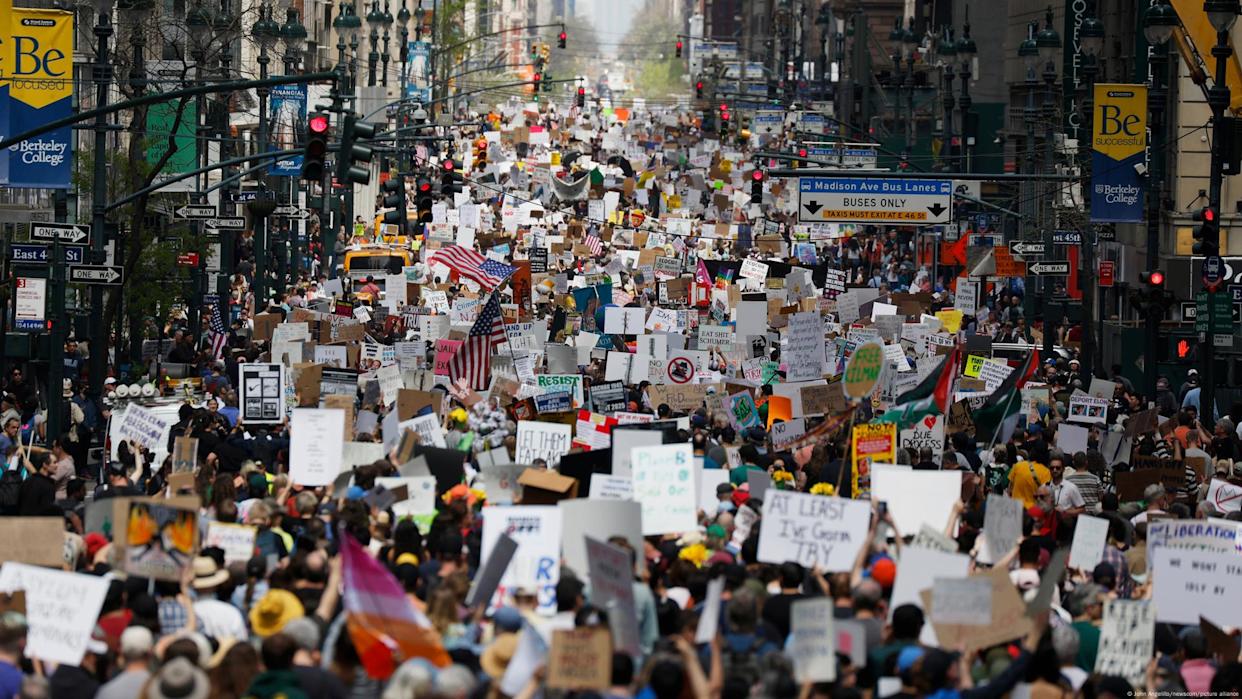
Thousands of protesters gathered on Saturday (April 19, 2025) in major cities like New York and Washington, as well as in small communities across the United States, in a second wave of demonstrations against President Donald Trump. The crowds denounced what they view as growing threats to the country’s democratic ideals.
In New York City, demonstrators of all ages rallied in front of the Public Library near Trump Tower, holding signs accusing the president of undermining democratic institutions and judicial independence.
Many protesters also criticized Trump’s hardline immigration policies, including mass deportations and raids targeting undocumented migrants.
“Democracy is in grave danger,” said Kathy Valyi, 73, the daughter of Holocaust survivors. She told AFP that the stories her parents shared about Adolf Hitler’s rise to power in 1930s Germany “are happening here now.”
In Washington, demonstrators voiced concern over what they see as Trump’s disregard for long-standing constitutional norms, such as the right to due process.
-

 International4 days ago
International4 days agoArsenal stun Real Madrid at the Bernabéu to reach Champions League semifinals
-
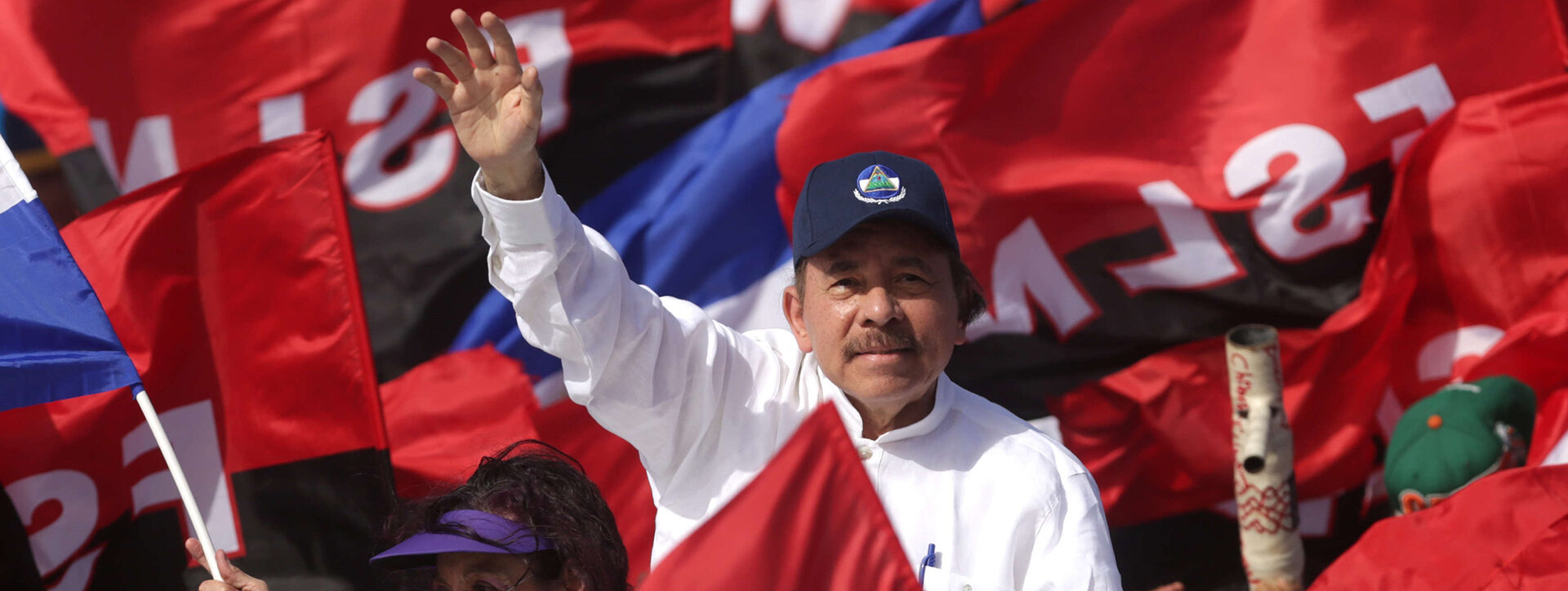
 Central America3 days ago
Central America3 days agoNicaraguan Exiles to Mark 7th Anniversary of 2018 Protests with Global Commemorations
-

 International3 days ago
International3 days agoDominican ‘False Hero’ Arrested for Faking Role in Nightclub Collapse That Killed 231
-

 International4 days ago
International4 days agoBogotá residents line up for yellow fever vaccine amid national alert
-
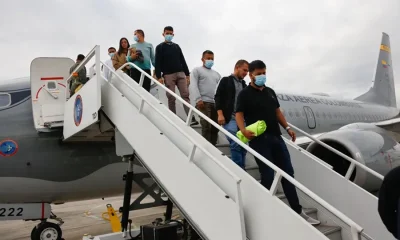
 International2 days ago
International2 days agoACLU seeks emergency court order to stop venezuelan deportations under Wartime Law
-
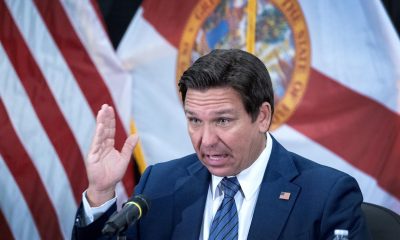
 International4 days ago
International4 days agoDeSantis’ immigration crackdown sparks alarm in Venezuelan Communities in Doral
-
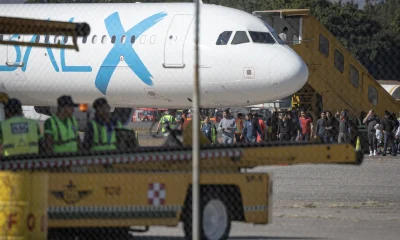
 Central America2 days ago
Central America2 days agoUN complaint filed against Costa Rica over detention of migrant children
-
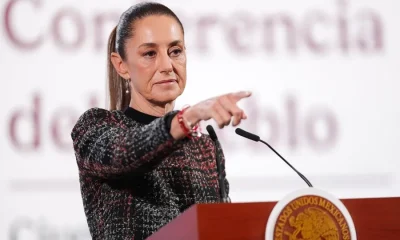
 International4 days ago
International4 days agoMexico refuses to restore ties with Ecuador while Noboa remains in office
-
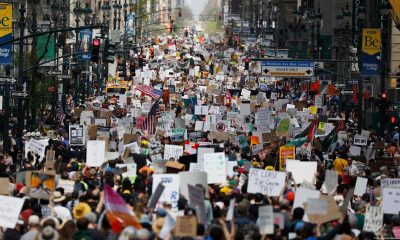
 International18 hours ago
International18 hours agoThousands rally nationwide against Trump’s threat to U.S. democracy
-
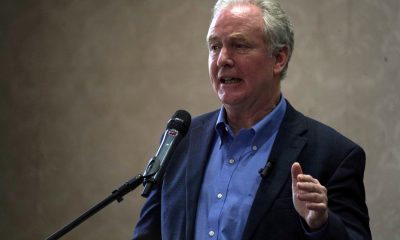
 Central America23 mins ago
Central America23 mins agoSenator Van Hollen Meets with Deported MS-13 Member in El Salvador; Trump and Bukele React
-
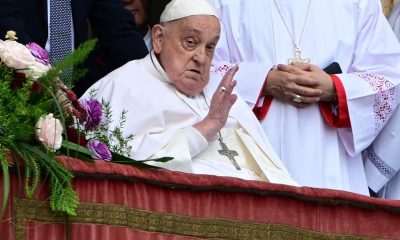
 International24 mins ago
International24 mins agoPope Francis Appears for Easter Blessing, Calls for Peace and Religious Freedom















